Freda Huson ran into problems with the media when she decided to live in a small wooden cabin on her own ancestral territory.
In 2009, Huson, a Wet’suwet’en land defender and now Chief for the Wet’suwet’en C’ilhts’ëkhyu Clan, moved from her home on Witset First Nation to lead a healing centre on the territory and advocate against a pipeline project that threatened the land that has sustained Wet’suwet’en peoples since time immemorial.
She’s since spoken at the United Nations on behalf of the nation and become well known internationally as a leader fighting for Indigenous rights.
In news articles or video clips, however, her words have been condensed, sandwiched into pro-industry articles or portrayed in a negative light, she said.
“We just started distrusting mainstream media,” Huson said. “Eventually, I would refuse to do interviews.”
The portrayal of Indigenous Peoples in Canadian news media has long been problematic, with colonial newspapers carrying forth racist framing and propping it up in popular consciousness since the time of the Indian Act. Even with the inception of Indigenous-led news sites like IndigiNews, a lack of Indigenous representation remains an issue across Canada’s dominant media landscape.
But Huson is part of a growing number of projects that are placing a spotlight on Indigenous voices in feature-length films and, in turn, reclaiming how Indigenous stories are being told.
A new documentary, Yintah, is one of many Indigenous-led films at the upcoming DOXA Documentary Film Festival.
More than 25 years after the groundbreaking 1997 Delgamuukw decision in which the Supreme Court of Canada affirmed Wet’suwet’en jurisdiction over their own territory, Yintah chronicles the plight of the Wet’suwet’en First Nation to defend their land against the development of the 670-kilometre-long Coastal GasLink pipeline, which was completed last fall.
A film crew followed Huson and other members of the nation for over a decade, amassing more than 1,200 hours of footage, says Michael Toledano, a co-director and producer who joined Yintah’s documentary team around 2016.
Toledano started reporting from Wet’suwet’en territory in 2014 as a freelance journalist and moved there full time from 2018 to 2022 as resistance against the Coastal GasLink pipeline picked up steam and galvanized the country. He was arrested in November 2021 alongside photojournalist Amber Bracken — CoastalGasLink has since dropped charges. In his time on the land, he learned about the nation’s laws, culture and history.
“I was struck by the beauty of the territory; I have never experienced water like that, you could drink it straight out of a river,” he said. “I was also struck by the charisma and confidence Freda had in building her house directly in the path of multibillion-dollar projects.”
Ahead of DOXA, The Tyee caught up with Toledano and Huson to talk about their relationship, objectivity and why film is the ideal medium to tell stories in concert with Indigenous Peoples.
This interview has been edited for length and clarity.
The Tyee: What was the inspiration behind creating Yintah?
Michael Toledano: Yintah came out of the necessity of having witnessed and documented a critical piece of Canadian and Wet’suwet’en history. The conflict between Wet’suwet’en land defenders and the Canadian state always demanded attention.
To be able to give it attention in the format of a feature film that spans 10 years feels really crucial as a contribution to history. People can look back at it and have a sense of what actually happened and what occurred.
You identify as a white settler, so how did you go about building trust with Freda?
Toledano: When I arrived in Wet’suwet’en territory in 2014 as a reporter, I was generally pretty ignorant of Wet’suwet’en history, the ways Wet’suwet’en people govern themselves and all aspects of Wet’suwet’en society.
The ability to tell the story came through spending a lot of time on the territory and witnessing how the governance system works. And coming to understand the political force behind Wet’suwet’en decision-making.... It was an exercise in learning as much as I was able to learn from Elders and community members and whittling away the default Canadian position, which is ignorance.
Where do you think that ignorance comes from?
Toledano: I don’t think Canadians are taught the real history of our country. That includes the history of the RCMP and the role they played in colonization, residential schools, the ’60s Scoop. I think Canadians have a limited understanding of all that has happened before Canadian communities came to be as we know them.
It’s by design in this film to combat that ignorance and offer a bit of historic context so people can understand how land is being stolen today, but also, historically, what the conditions are that brought us here.
Violet Gellenbeck, an Elder and Chief who participated in the filmmaking process, said, “For the first time it is our people telling our history.” Freda, what does it mean to have a film that’s from your perspective?
Freda Huson: We’ve had so many bad experiences with mainstream media. They come and give us a 10-minute interview and only put in like two minutes. A lot of the time they sandwiched us in pro-industry things and didn’t put us in a good light. We started distrusting mainstream media, so eventually, I would refuse to do interviews with them.
Too many times people come in and tell their version of their story, what they interpreted to be the story. We said we want to be the ones to tell our story.
I’m curious, given the mistrust with the mainstream media, how difficult it was to fully trust Michael and build a relationship?
Huson: I think the big difference is that Michael integrated himself into our community. We have a village. He stayed there, ate with us, slept there and got to know us personally. When you develop a relationship with somebody, personally, then you gain that trust.
Michael, from your perspective, were you concerned at all about maintaining a level of objectivity when you were integrating in the community in the early stages of making the film?
Toledano: I think my role on Wet’suwet’en territory has been as a kind of de facto public witness. The Wet’suwet’en have a right to share their own history, to tell stories in a way that feels and is truthful to them.... The position of the film is that Wet’suwet’en people have never given up their land, which is a fact, and they are experts of their own history.
I think objectivity in journalism often means that outsiders are positioned as somehow being more capable of telling stories than the people with the deepest knowledge of the issues. The results of that approach is more superficial reporting.
To make this film, we tapped into Wet’suwet’en expertise, drew upon the collective experiences of the nation and took guidance from Chiefs and Elders, which helps contextualize the present-day theft of Wet’suwet’en land that the film documents.
There’s a bunch of Indigenous-made films that are being profiled at DOXA. Do you think the media landscape is shifting in a way from objectively reporting on Indigenous communities to working hand in hand with those folks?
Toledano: There is a push in the documentary world for people to tell their stories from authentic perspectives, and from perspectives that have been historically marginalized. In this community, I know it was critically important that the process would be Wet’suwet’en led.
In the film, it feels like you’re a fly on the wall between interactions with the nation and the RCMP. The cameras are just rolling as people are talking into walkie-talkies. What was the decision process behind structuring the film in that way?
Toledano: We had a huge archive of vérité footage that we were able to draw from. So we were able to show key events in history, the way they unfolded, without having to fill in the gaps with commentary or talking-head interviews.
There is a lot of information in the film in order for people to understand the issue, but it’s also an experiential film. We see what Freda and Molly [Wickham] lived through in their decade-long effort to protect the territory. Truth is so much more bizarre than fiction. Leaning into some of the bizarre events and encounters over the years helps bring viewers into that experience and create a more immersive film.
Freda, what do you hope that viewers take away from the film?
Huson: I hope viewers take away the importance of the environment. I’m hoping that, eventually, we can have a say on what happens to our territory.
Right now, Canada is pushing industry and ignoring us, who are the caretakers of the land, and bulldozing and destroying our lands. They don’t care.
It’s the people who are sitting in square boxes in offices, that have never been to our territories to see the beauty there, the clean water where you can pick up a cup and drink right out of the river. For them to destroy that with no care, in the name of money.
I’m hoping the documentary wakes people up.
MORE DOXA GEMS
Yintah screens on May 7 and 9. Here are some other Indigenous-focused films Tyee readers might be interested in, screening from May 2 to 12 in select Vancouver theatres and online.
Red Fever
Canada, directed by Catherine Bainbridge and Neil Diamond
Why is the world so infatuated with Indigeneity — and why do non-Indigenous people so often get it wrong? From the visionary filmmakers behind DOXA favourites Reel Injun and Rumble: The Indians Who Rocked the World, Red Fever offers a funny, intriguing and provocative look into the enduring fascination with all things “native.” Cree photographer and filmmaker Neil Diamond leads the way as our guide, challenging stereotypes and myths across fashion, sports, politics and the environment.
Wilfred Buck
Canada, directed by Lisa Jackson
Lisa Jackson’s portrait of Wilfred Buck — the “Star Guy” — is much more than a biography: it is a vivid visualization of First Nations astronomy and cosmology. Adapting Buck’s memoir I Have Lived Four Lives, Jackson seamlessly fuses present-day footage with dramatizations of an early life affected by trauma and the havoc it can wreak. The poignancy of these sequences is remarkable, combining cinematography, staging, performance and first-person narration into a powerful blend of multimodal storytelling. Jackson’s film showcases Buck's devotion to passing on traditional Opaskwayak Cree values and knowledge to younger generations, and especially his passion for Indigenous teachings about the night sky and stars.
Singing Back the Buffalo
Canada, directed by Tasha Hubbard
In a time of immense environmental degradation and global uncertainty, the buffalo can lead us to a better tomorrow. After a dark recent history, the buffalo herds of North America are awaiting their return, aided by dedicated Indigenous activists, leaders and communities, including award-winning Cree filmmaker Tasha Hubbard, who directed 2019’s nîpawistamâsowin: We Will Stand Up. Together with Blackfoot Elder Leroy Little Bear, Hubbard weaves an intimate story of humanity’s connections to buffalo and eloquently reveals how their return to the Great Plains can indeed usher in a new era of sustainability and balance.
nanekawâsis
Canada, directed by Conor McNally
George Littlechild is a celebrated and beloved Nêhiyaw (Cree) artist. At 65, Littlechild shares his wisdom, perspectives on social issues and Indigenous history, and insights into his personal history and artistic career. After a childhood of trauma and upheaval, Littlechild has achieved a remarkable sense of calm and joy, which shines in this biographical study. A proud Two-Spirit person, Littlechild has channelled his desire for healing into the bold and colourful works of art that characterize his unique artistic vision. ![]()
Read more: Indigenous, Film
This article is part of a Tyee Presents initiative. Tyee Presents is the special sponsored content section within The Tyee where we highlight contests, events and other initiatives that are either put on by us or by our select partners. The Tyee does not and cannot vouch for or endorse products advertised on The Tyee. We choose our partners carefully and consciously, to fit with The Tyee’s reputation as B.C.’s Home for News, Culture and Solutions. Learn more about Tyee Presents here.



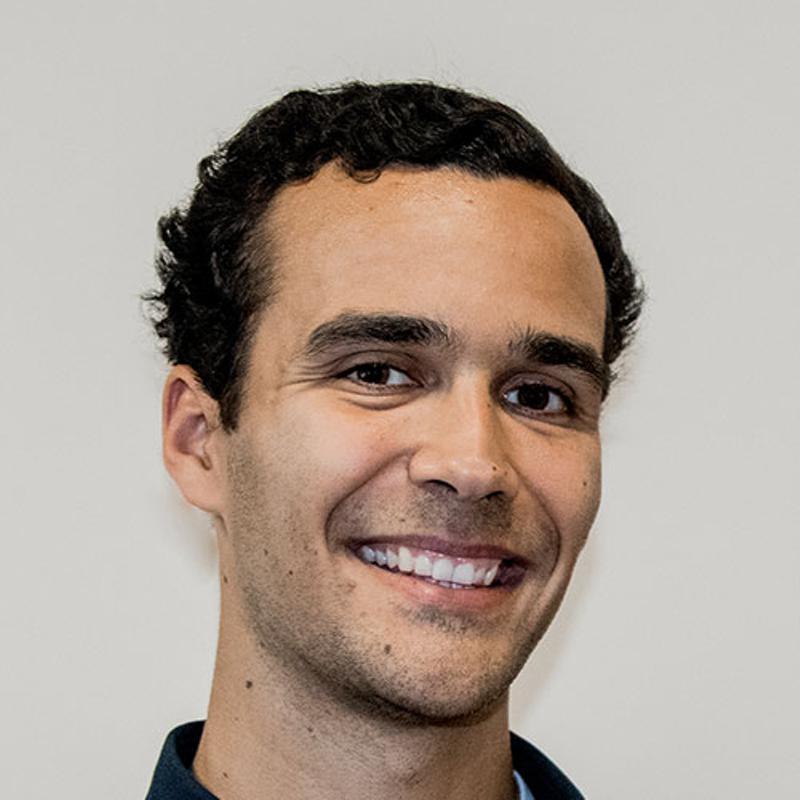

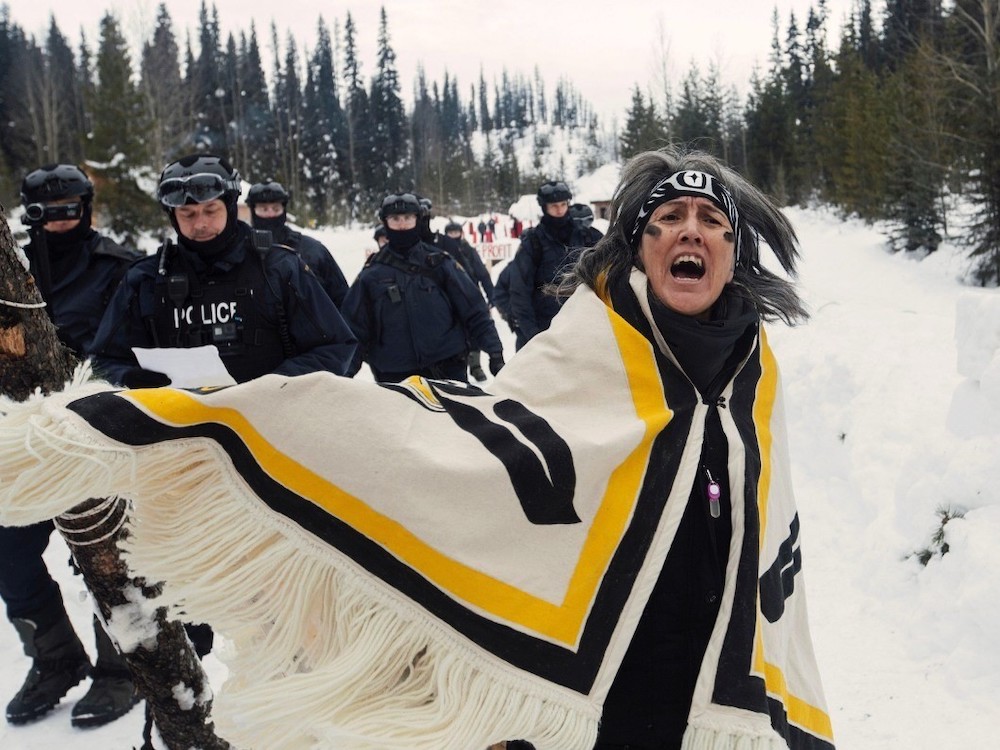
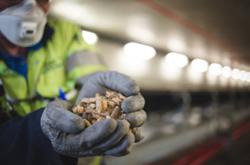
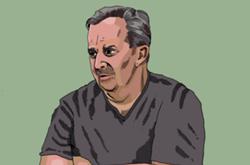
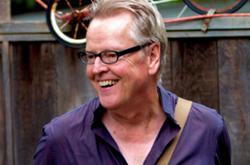
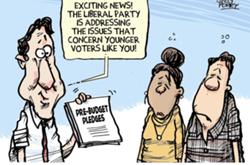
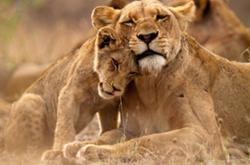







Tyee Commenting Guidelines
Comments that violate guidelines risk being deleted, and violations may result in a temporary or permanent user ban. Maintain the spirit of good conversation to stay in the discussion and be patient with moderators. Comments are reviewed regularly but not in real time.
Do:
Do not: